The ever increasing plastic production, and the plastic waste that follows, impose a fundamental threat to our planet and the humankind. Read about the problem that Sulapac is set to solve.
Tackling the global plastic crisis

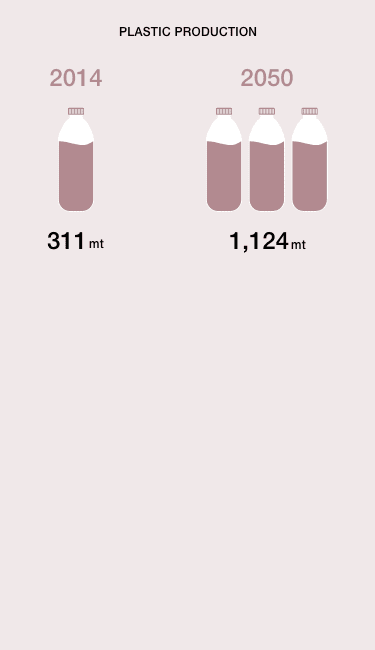

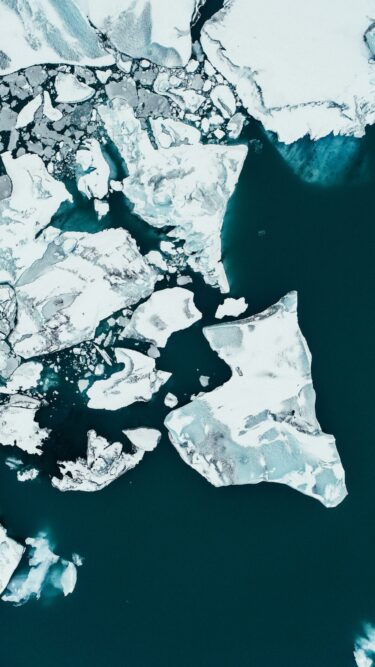

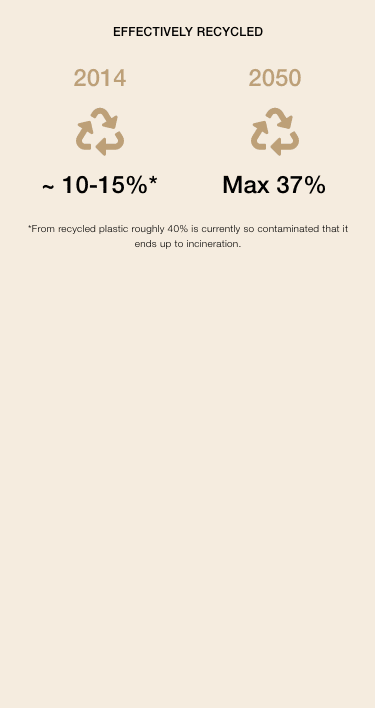
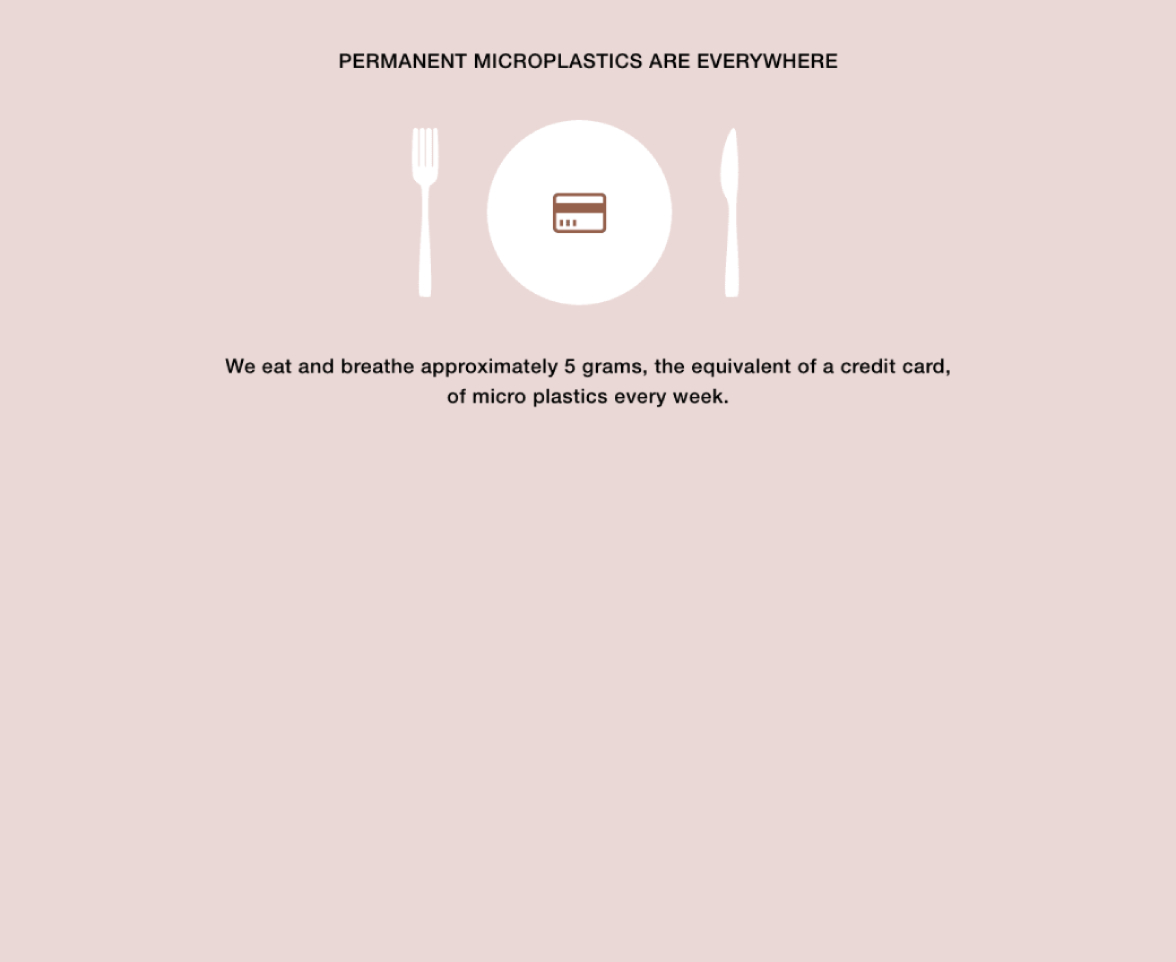
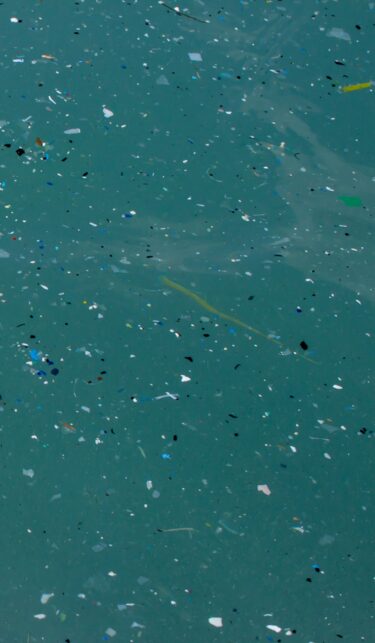
Biobased, biodegradable materials – key to sustainable change
A crucial part of the solution is transitioning away from conventional fossil-based plastics to biobased, biodegradable alternatives. That’s where Sulapac comes in. We have developed a portfolio of materials that enables brands to replace traditional plastics with more sustainable options — without compromising functionality or aesthetics.
Sulapac materials contain 70–100% biobased content and leave behind no permanent microplastics or toxic chemicals. Switching from conventional plastics to Sulapac can lead to significant reductions in CO₂ emissions: Sulapac materials can offer up to a 10× lower carbon footprint compared to the plastics they replace. Furthermore, our materials are recyclable by design, ensuring the long-term feasibility and global scalability of the solution.
Learn more about our material solutions and join the circle of changemakers – together, we can turn the tide on plastic.
Scientific background
Deep dive into our material features and learn about the scientific criteria and validation behind them.
Connect with our team
Replace conventional plastics with sustainable, beautiful, and functional Sulapac materials. We will help you to make the switch smoothly.